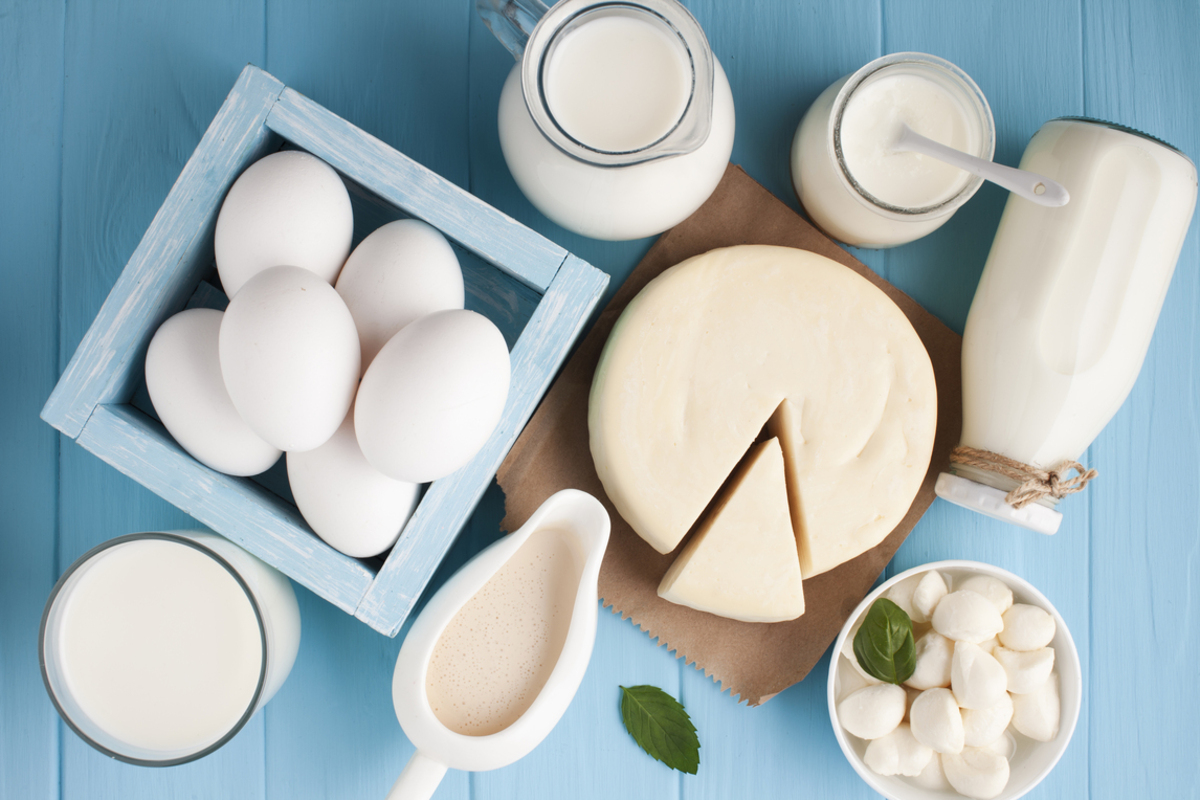Diet plays a big role when it comes to keeping your heart healthy and preventing fatal cardiovascular disease. In general, it is best to have a diet consisting of vegetables, fruits, legumes, fish and fiber.
When you break down the types of foods you should be eating, researchers tend to focus on the compounds that make up healthy foods. For example, fatty fish, such as salmon and albacore tuna, contain a type of fat called omega-3 fatty acids, which is what makes them especially heart healthy. Similarly, a compound called niacin has been shown to be beneficial in the treatment of heart disease.

What is niacin?
Niacin is found in many different foods, including but not limited to:
- Fortified cereal
- Lean red meat
- Poultry
- Eggs
- Milk
- Other dairy products
- Nuts and seeds
- Green leafy vegetables
While these items are great sources of niacin, they don’t necessarily contain enough niacin to be beneficial in the treatment of heart disease and so doctors may prescribe higher doses of niacin, ranging from 50 to 1000 mg.
So, how exactly does niacin work to treat heart disease?
Patients who are at high risk for developing heart disease often have high levels of triglycerides, a type of fat, in their blood. These fats can deposit on the side of blood vessels and cause them to narrow, thereby blocking blood flow. One of the ways in which doctors try to treat heart disease is by reducing levels of triglycerides. This is where niacin comes in.
Niacin helps the liver (which is the primary organ that metabolizes compounds) slow down the breakdown of triglycerides. Once the triglycerides are broken down by the liver, they get stored in the body. Thus, by slowing the breakdown, niacin helps stop fat storage and reduces the production of low-density lipoprotein (LDL).
Studies have shown that niacin reduces triglyceride levels by 30 to 60 percent and lowers LDL levels by 15 to 20 percent. However, it is important to note that this is not achieved by the level of niacin you obtain from your diet. You need to take at least 1000 mg of niacin to reduce your cholesterol levels and perhaps even as much as 2000 mg. While niacin can be helpful, you will need a doctor to prescribe you the medication and supervise you.
Who is and isn’t prescribed niacin?
Niacin is particularly prescribed to patients with low levels of “good” cholesterol (high-density lipoprotein — HDL), and high levels of “bad” cholesterol (LDL) as niacin helps lower cholesterol.
Patients should not be prescribed niacin if they have chronic liver disease, diabetes and peptic ulcers.
What are the doses and brand names of prescription niacin?
There are two main types of prescription niacin:
- Niacin tablets, which are called Niacor. These are sold as 50 mg, 100 mg, 250 mg and 500 mg tablets.
- Niacin extended-release, which is called Niaspan. This are sold as 500 mg, 750 mg, and 1000 mg tablets.
What are the benefits of using niacin as a treatment for heart disease?
The major benefit of niacin is that it is one of the only available drugs for heart disease that actually helps increase levels of HDL, which is known to prevent cardiovascular disease. Additionally, niacin has few side effects. If they occur, side effects are generally quite mild.
What are the disadvantages of using niacin as a treatment for heart disease?
A number of side effects can affect people who take niacin, including:
- Flushing
- Nausea
- Itching
- Rashes on skin
- Headache
- Upset stomach
- Stomach Pain
- Rarely, liver failure
Some patients will find these side effects are not tolerable, though in some cases, taking the extended-release niacin can help reduce these side effects. Additionally, while extremely rare, some side effects, such as liver failure, can be serious.
How should I take niacin?
You should follow certain tips when taking niacin, including:
- Don’t crush niacin in your mouth.
- Don’t chew niacin.
- Take niacin along with food as that can help avoid an upset stomach.
- If you take niacin at bedtime, then that can help reduce flushing.
- Using the extended-release or slow-release niacin can help reduce flushing.
- Flushing can be avoided if you slowly increase your dose over time.
- In order to avoid flushing, you can take aspirin or another NSAID (non-steroidal anti-inflammatory) half an hour before you take niacin.
- Try to not drink alcohol when you take niacin.
- Don’t buy niacin as a supplement as they are not regulated by the FDA. Prescription niacin is the best and will contain the amount of niacin that it claims as opposed to over-the-counter supplements that may contain various levels of niacin.
- Brown, B. G., Zhao, X. Q., Chait, A., Fisher, L. D., Cheung, M. C., Morse, J. S., ... & Frohlich, J. (2001). Simvastatin and niacin, antioxidant vitamins, or the combination for the prevention of coronary disease. New England Journal of Medicine, 345(22), 1583-1592.
- Canner, P. L., Furberg, C. D., Terrin, M. L., & McGovern, M. E. (2005). Benefits of niacin by glycemic status in patients with healed myocardial infarction (from the Coronary Drug Project). The American journal of cardiology, 95(2), 254-257.
- Aim-High Investigators. (2011). Niacin in patients with low HDL cholesterol levels receiving intensive statin therapy. New England Journal of Medicine, 365(24), 2255-2267.
- Photo courtesy of SteadyHealth


Your thoughts on this